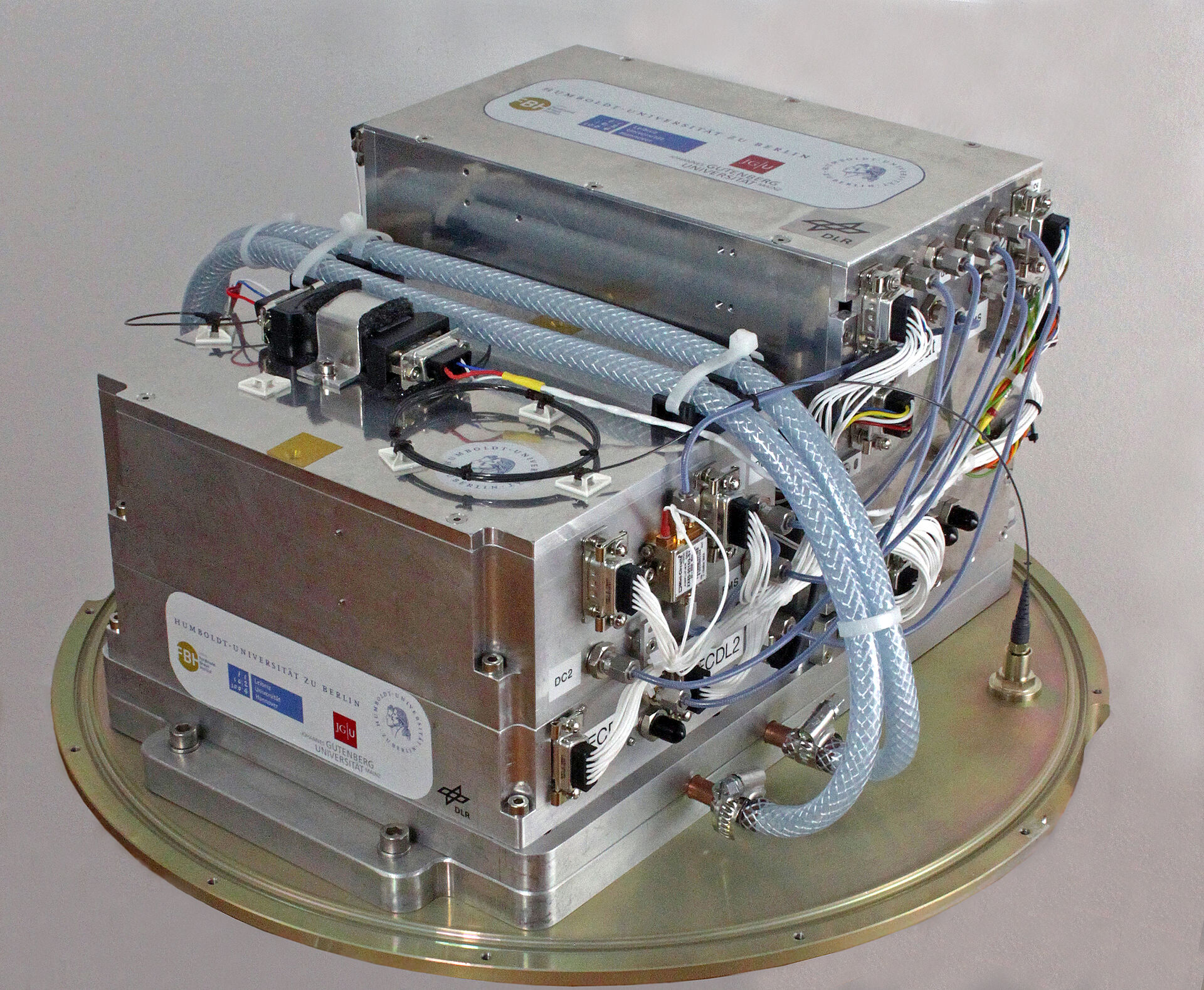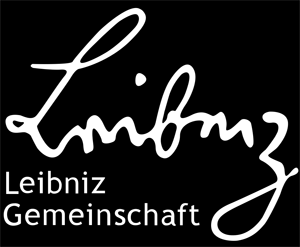The Ferdinand-Braun-Institut (FBH) will be showcasing its developments at the STEE in Bremen. From November 19 to 21, FBH is exhibiting at the joint Berlin-Brandenburg stand H20.
Compact and stable laser systems for quantum-optical precision experiments
FBH has extensive experience in the development and fabrication of diode laser modules for space applications. These modules have already proven their capability in experiments under zero-gravity conditions several times. With them, a Bose-Einstein condensate and the first iodine-based optical frequency reference were demonstrated in space for the first time. The central element of the laser modules realized for this purpose are FBH laser diodes, which are assembled together with optics and other passive elements with the highest stability and precision – in some cases well below 100 nm. Thanks to the institute’s unique micro-integration technique, the modules are extremely robust and thus ideally suited for use under challenging conditions in space. Moreover, they feature small dimensions of only 130 x 80 x 25 mm³, a low mass of 750 g, and excellent performance parameters – output powers exceed 500 mW with a narrow intrinsic linewidth smaller than 1 kHz. In close cooperation with Humboldt-Universität zu Berlin, the modules are being assembled into compact and stable laser systems for precision experiments in space. This cooperation is currently being expanded towards integrated quantum technologies. Proof-of-concept demonstrators from the laboratory shall be transferred into industrial solutions in the fields of quantum sensor technology, quantum communications, quantum simulation, and quantum computing. At its booth, FBH will present micro-integrated laser modules and a laser system that was successfully operated in the KALEXUS experiment on a sounding rocket.
Laser modules for satellites: from communications to climate protection
Further laser modules are developed by FBH for satellite applications. For many years, laser benches from the Ferdinand-Braun-Institut have been successfully used as pump sources in Tesat-Spacecom’s laser communication terminals. High data volumes originating from Earth observation can be transmitted particularly fast between satellites and to Earth with them. At its stand, FBH will be exhibiting a current pump laser designed for use on MERLIN. The climate satellite will measure methane concentrations in the atmosphere from 2024 onwards. The pump laser delivers an output power of more than 60 W in double pulses with a repetition rate of 20 Hz and a pulse width of 150 µs. Performance and reliability have been verified through extensive technology qualifications. Even with a long operation time of more than four billion pulses, the power degrades only insignificantly. Two of these lasers are then integrated into a module delivering a pumping power of 120 W.
Energy-efficient components for satellite communications and sensors
FBH researches further components for satellite applications in the field of microwave technology and power electronics. This includes a newly developed aluminum nitride high-speed power core that boosts the switching speed of gallium nitride power switching transistors in half-bridge configurations. Using this technology, turn-on and turn-off switching times can be reduced by typically 50%. The power core also features extremely compact hetero-integration and very low parasitic oscillation effects. It is suitable for space-compatible energy converters on satellites, transforming, for example, electricity generated by solar panels quickly and efficiently to different voltage levels required for various appliances. Power converters can thus be further miniaturized thanks to the higher conversion speed. A decisive advantage, since weight is key in space.
Energy consumption and dissipated power are further critical issues when operating power amplifiers in space. FBH presents concepts for envelope tracking (ET) – a well-proven technique for increasing the efficiency of solid-state power amplifiers, which modulate the supply voltage of the RF power amplifier in accordance to the instantaneous signal envelope. Together with the European Space Agency, FBH has developed a novel ET demonstrator at 1.62 GHz for communications in space. The amplifier has a peak output power of more than 90 W with a modulation bandwidth of 40 MHz. With an 8.6 PAPR (peak-to-average power ratio) signal, the overall efficiency reaches 40%.
FBH has also transferred the supply modulation concept to millimeter wave amplifiers. The corresponding module consists of two identical MMICs connected in series. Each consists of a single-stage amplifier with an integrated two-stage voltage switch that modulates the supply voltage of the amplifier in discrete levels. The module operates in the 20 - 26 GHz range with 14 dB gain and more than 2 W/mm at 20 V supply voltage.
![[Translate to English:]](/fileadmin/_processed_/9/6/csm_FBH_laser_module_space_85aefc1147.jpg)

